If you live anywhere in the northern half of the United States, or in many parts of Europe and the United Kingdom, you may be quite tired of hearing the word "snow" by now. It's only the end of December and the winter precipitation level has already been overwhelming in these areas. Trying to look on the bright side, keep in mind that spring officially begins in only a little over two-and-a-half months. And I've already started to receive seed catalogs from the garden supply companies, so warm weather can't be too far away. Too optimistic, you say? We have still got to endure January and February's cold blasts of arctic air and blizzards of the frozen, wet stuff falling from above. Well put down your shovel and have a cup of hot cocoa while we take a look at the fun side of snow (yes, there really IS a fun side!).
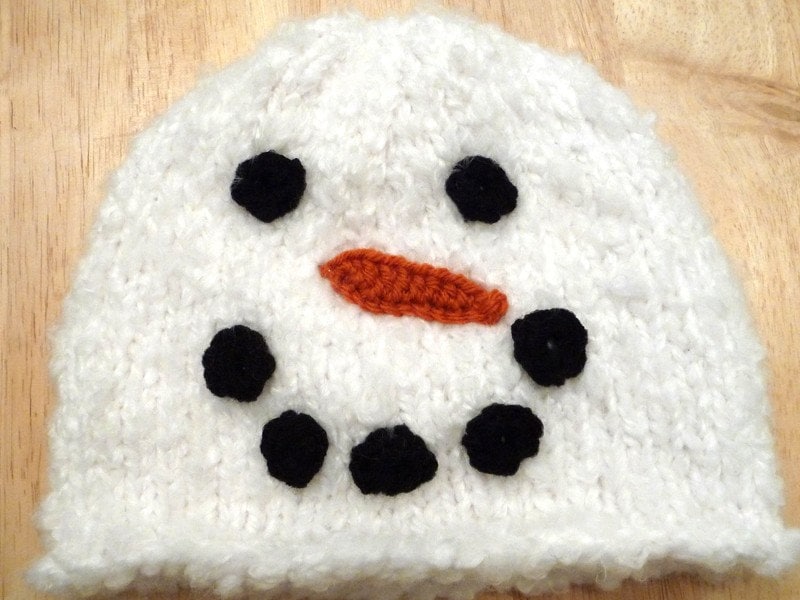
That first white coating of snow is lovely, especially when the frosty landscape twinkles magically in the sun at the end of a storm. Snowflakes are made of single or multiple ice crystals: water molecules frozen in a hexagonal lattice configuration. "The six-fold symmetry of snow crystals ultimately derives from the six-fold symmetry of the ice crystal lattice." (
http://www.its.caltech.edu/~atomic/snowcrystals/primer/primer.htm) The patterns seen in snow crystals form as water vapor in the clouds condenses into ice. These patterns start out as small, hexagonal prisms, but they branch out into more complicated shapes as they grow. The basic categories of snow crystal shapes are columns, needles, plates, dendrites, columns with plates, and irregular. For a glimpse into the beauty and varied shapes of snow crystals, visit
A Guide to Snowflakes at
http://www.its.caltech.edu/~atomic/snowcrystals/class/class.htm.
The phrase "white as snow" is somewhat of a misstatement, for snow crystals are actually clear like plain glass. It is only when they are piled together that the multitude of reflective surfaces of many crystals reflects some light back towards our eyes. This reflected light represents the whole spectrum of colors, so when they all combine, the effect is white. In some cases, when the snow is very thick, some of the light bouncing off the crystals is absorbed on its way out to the surface. Since more red light is absorbed than blue, some of this blue spectrum light reaches our vision giving the snow a bluish cast, as in glaciers or on mountain tops.
(http://nsidc.org/snow/faq.html)

Most snow crystals are only about half an inch wide, though, if weather conditions are right, they can reach up to two inches in size. The "fluffiness" of snow is determined by the air temperature, with 15 degrees Fahrenheit being optimal for fluffy flakes; temperatures closer to 0 degrees affect crystal structure making crystals smaller and more able to be closely compacted, thus increasing the density of the snow when it is very cold. New, undisturbed snow is a very good insulator because it is composed of 90-95% trapped air amidst the lattice structure of the packed crystals.

Snow is not only a crucial source of water for our local supplies, but it also acts like insulation for plants during the cold winter months. "Skiers and adventures lost in the winter can survive by making a snow cave, providing shelter from the colder air and wind. The temperature within the snow cave can provide refuge from winter’s chill." (
http://www.suite101.com/content/winter-snow-facts-a34611) Beyond the environmental impacts, snow provides us with many opportunities for fun and sport, like skiing, snowboarding, sledding, sleigh rides, and the ever-popular snowman building! I am sure many of us can remember childhood snowball fights, building snow forts, and creating the ultimate snowman (only to watch him melt, sadly, as the temperature went up). According to Guinness World Records, the largest snowball ever made "measured 6.48 m (21 ft 3 in) in circumference and was rolled by students of Michigan Technological University in Houghton, Michigan, USA on 10 February 2006." (
http://www.guinnessworldrecords.com/Search/Details/Largest-snowball/103465.htm) "The largest snowball fight was achieved by 5,387 participants, organised by Jong-Gi Park (Republic of Korea), the Mayor of Taebaek City, at the 17th Mt. Taebaek Snow Festival Main Event Hall, Mt. Taebaek, Gangwon-do, Republic of Korea, on 22 January 2010." (
http://www.guinnessworldrecords.com/Search/Details/Largest-snowball-fight/118714.htm)
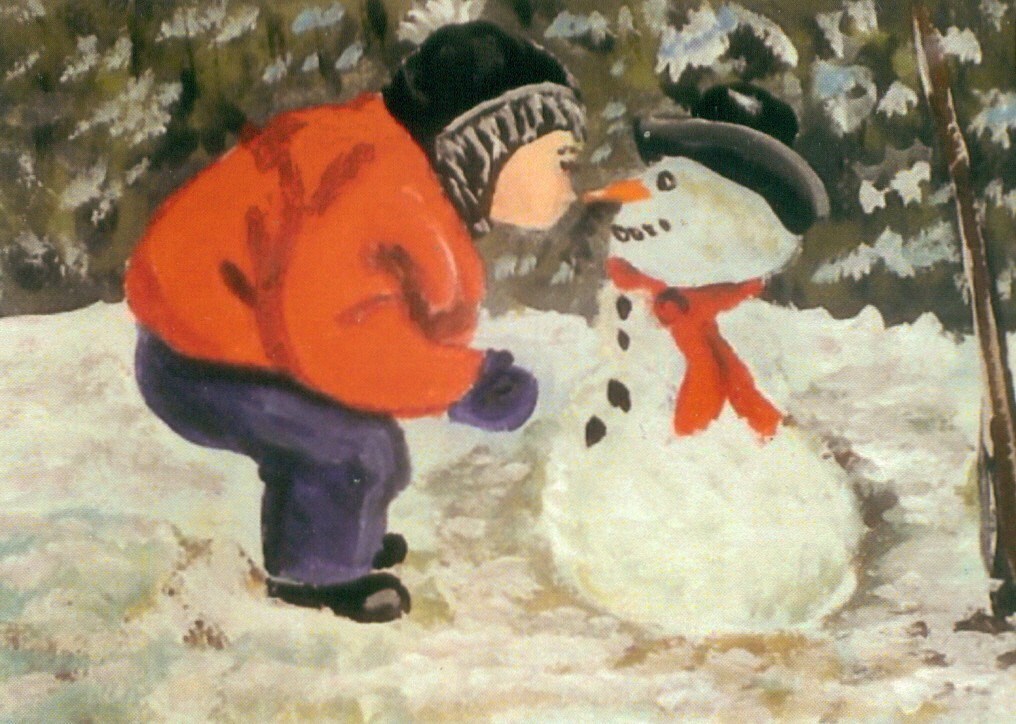
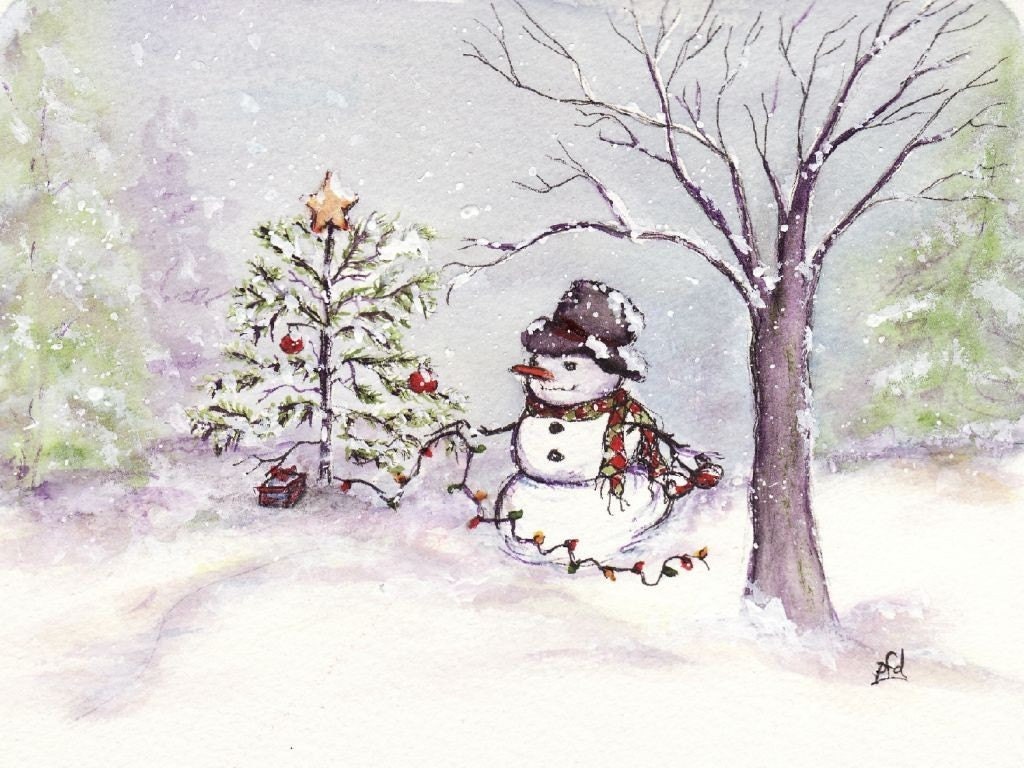
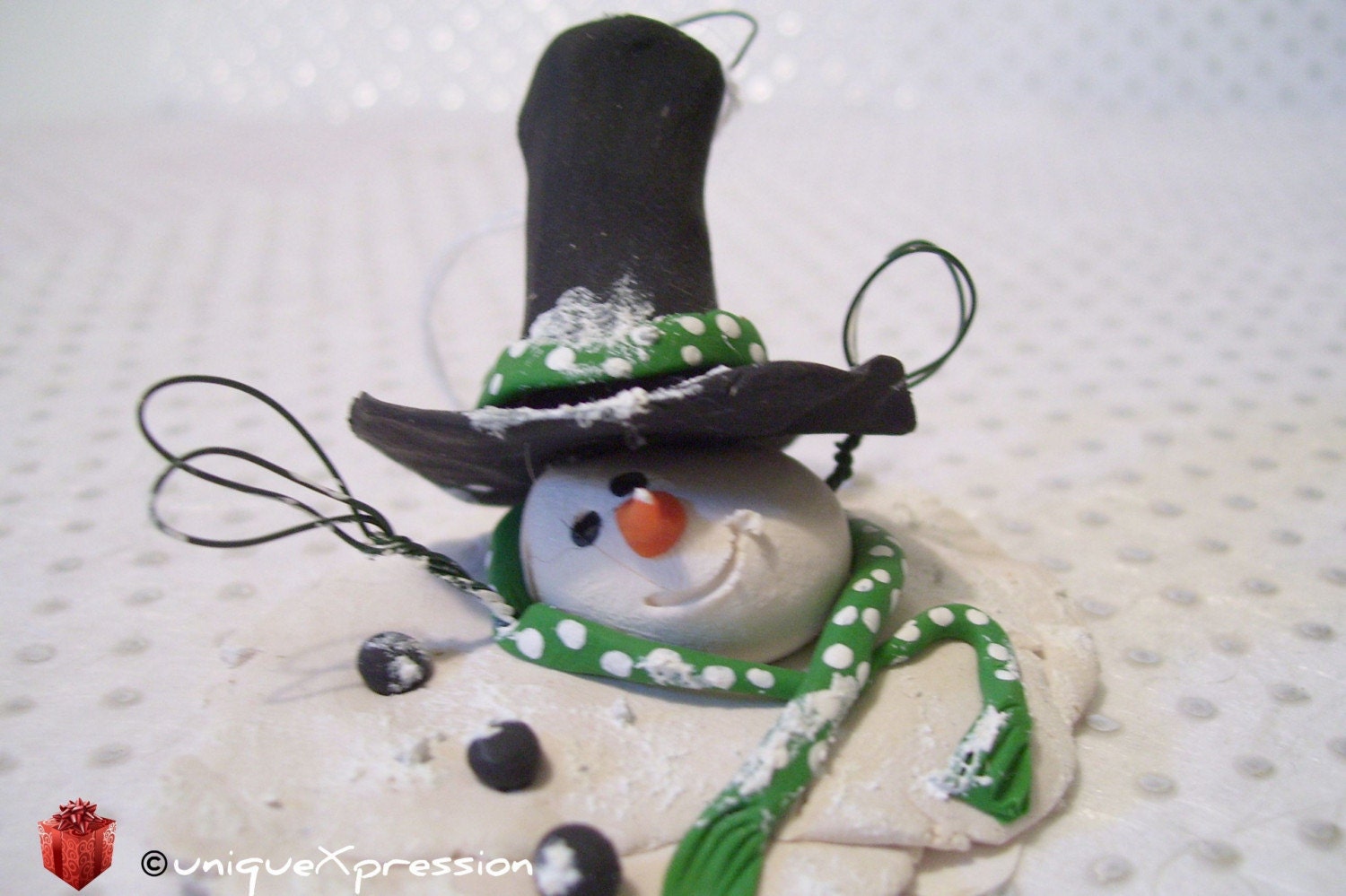
Although some year-round animal residents may be adapted to snowy conditions, wildlife survival is more difficult when the snow is deep. Ground dwellers, like foxes and porcupines, expend a lot of calories wading through snow to get to food sources, which become more scarce in the winter. In areas that do not usually get much snow, native wildlife may have a very difficult time adapting to unusual weather conditions. The distribution of certain bird populations is affected not only by the availability of food sources, but by the depth of snow fall. If you have a bird feeder or two, make sure to keep it clean and well stocked during the winter months. Platform feeders and birdhouse-style feeders attract different types of species than do tube feeders. If you can, have one of each style, plus a suet holder. The fat in suet provides concentrated energy to help birds survive freezing temperatures. For a guide to feeding birds in the winter, see http://www.birdwatching.com/tips/birdfeedingwinter.html.
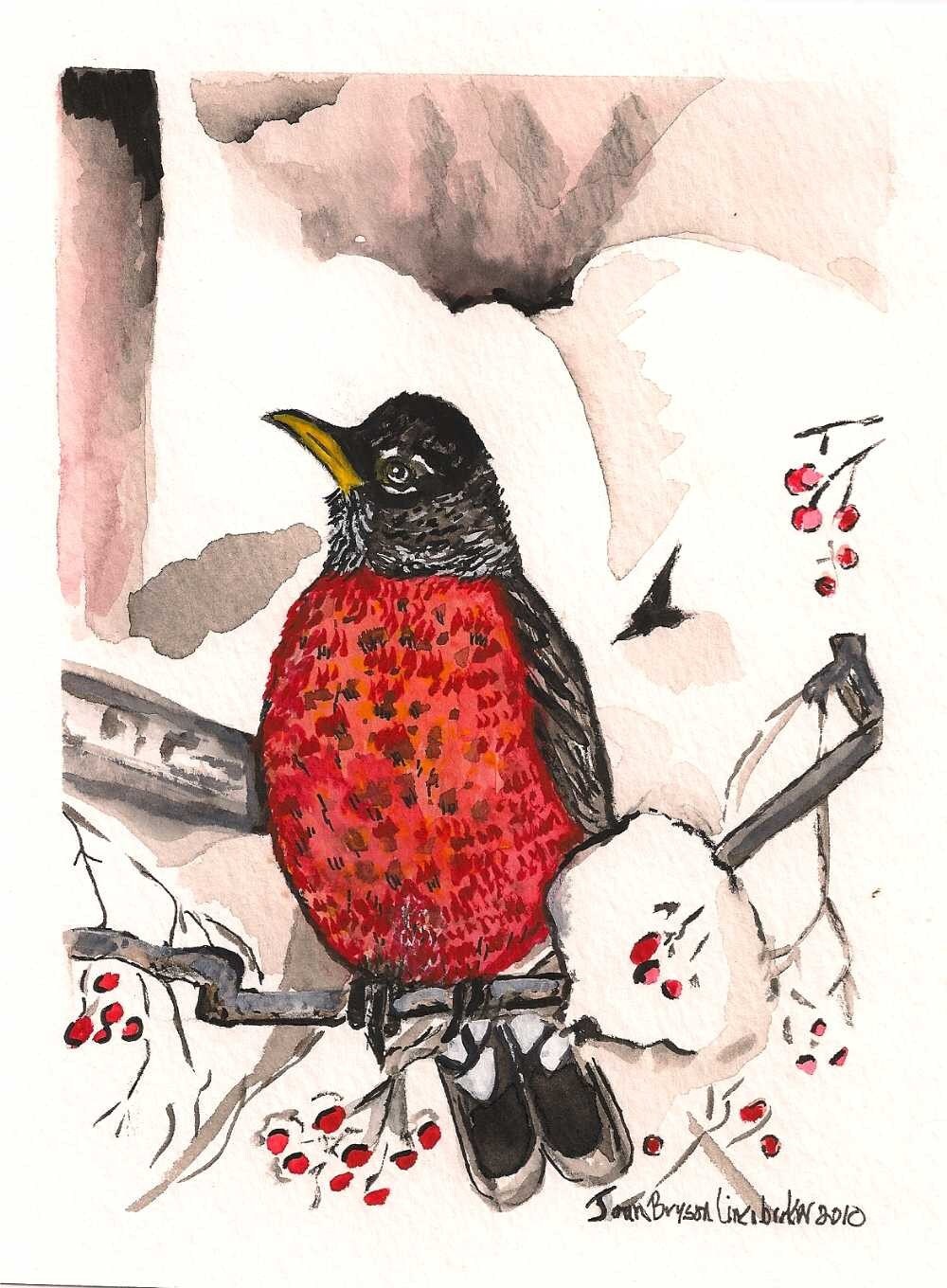
Every state in the U.S. has experienced snow, even Florida and Hawaii. Although New York and Michigan can boast that they have multiple cities in the top ten snowiest cities in the lower 48 United States, it is actually Blue Canyon, CA, in the Sierra Nevada mountain range that ranks in the number one spot with an average annual snow fall of 20 feet. However, when Alaska is included, Valdez, AK, takes over the top spot on the list with an average of 27 feet of snow per year. (http://weather.weatherbug.com/weather-news/weather-reports.html?story=6117) Be glad that you don't have to shovel snow in Valdez! Even so, make sure you bundle up in layers and keep skin well covered when venturing outside into the snow, whether for work or play.
Still not a fan of snow?
I hope this little poem by Robert Frost will help change your mood.
Dust of Snow
by Robert Frost


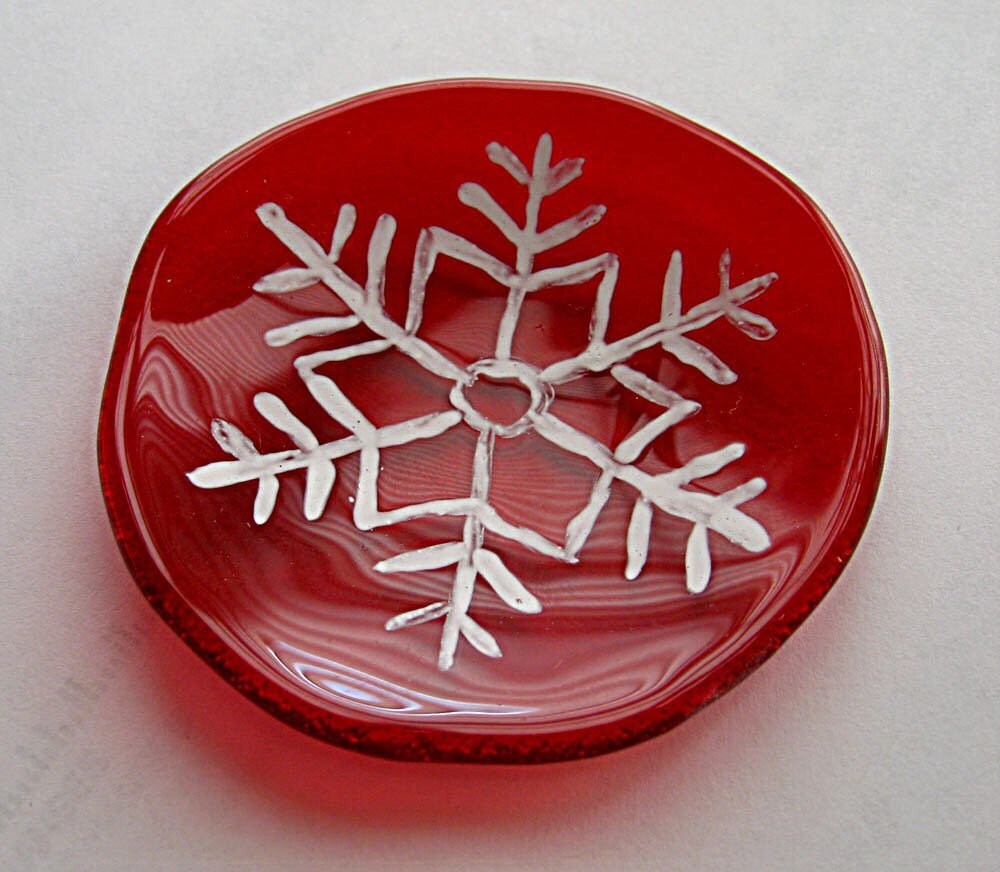
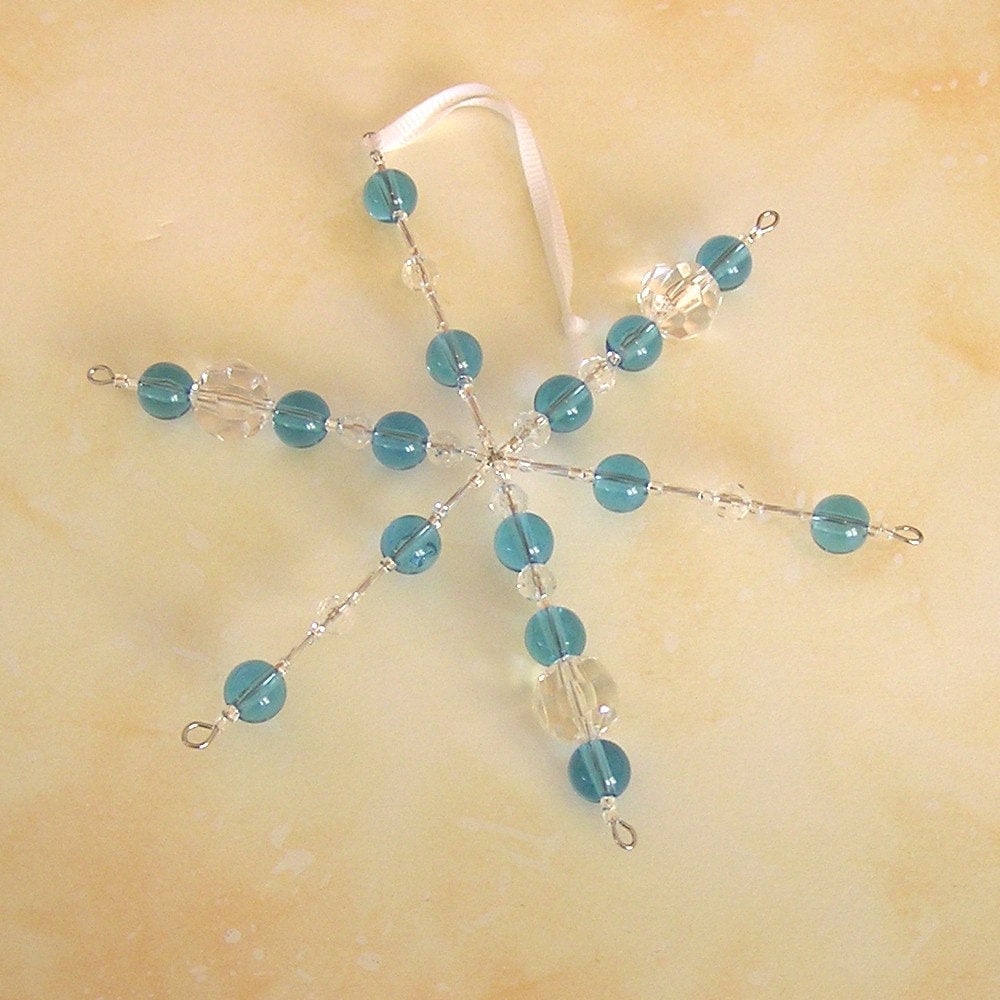

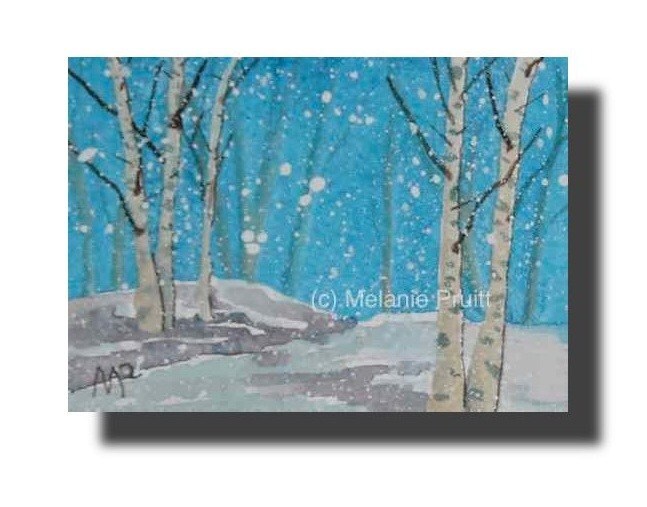





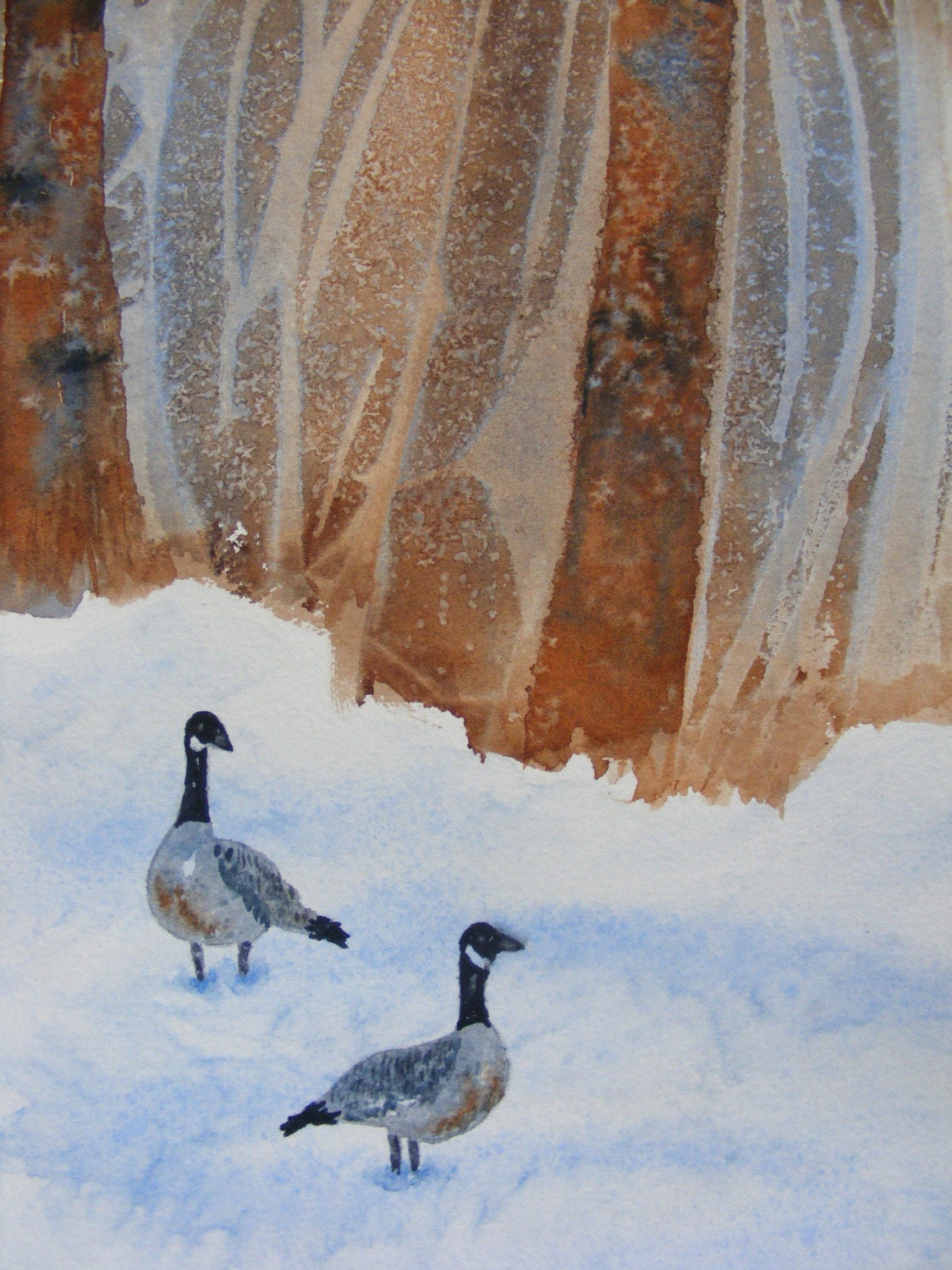
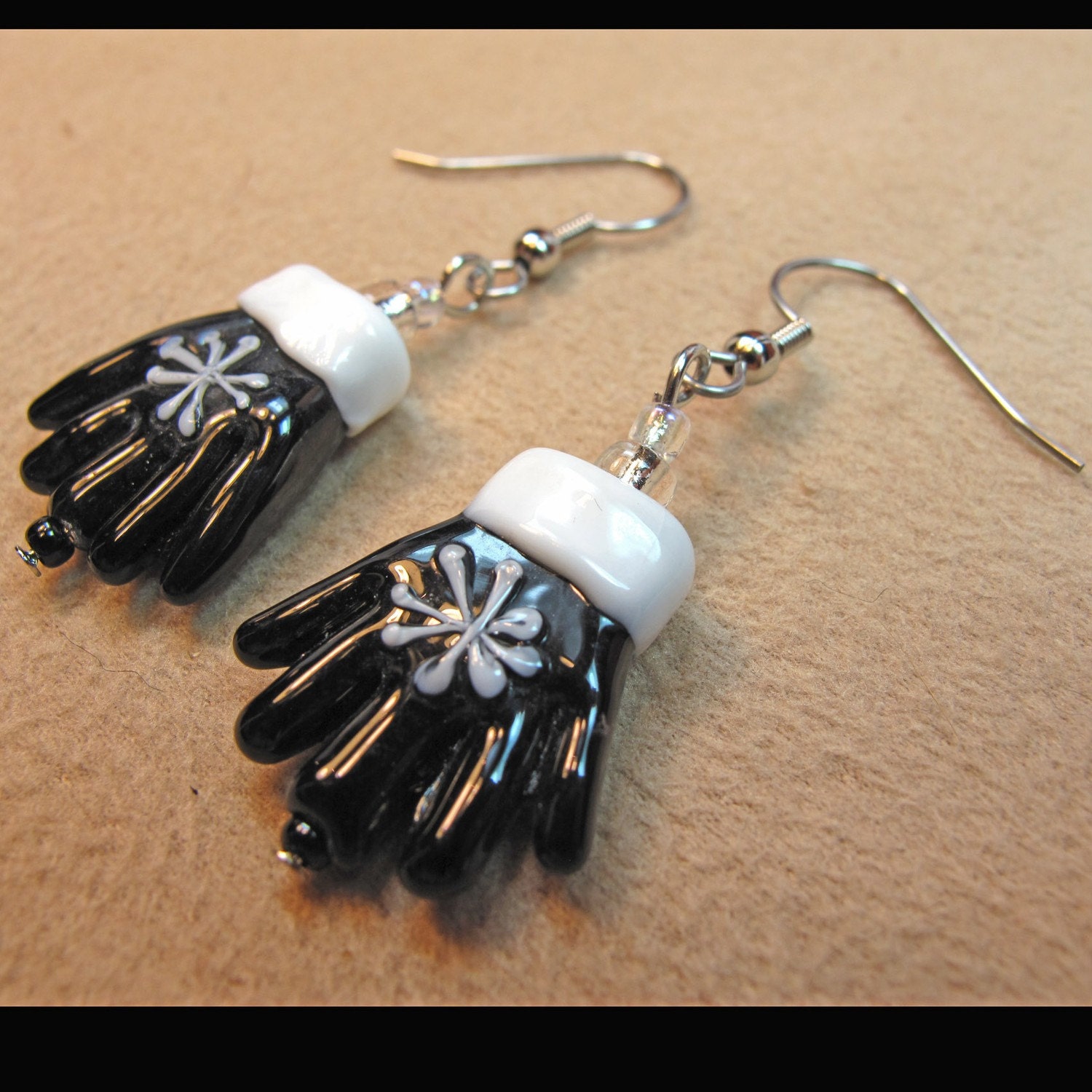
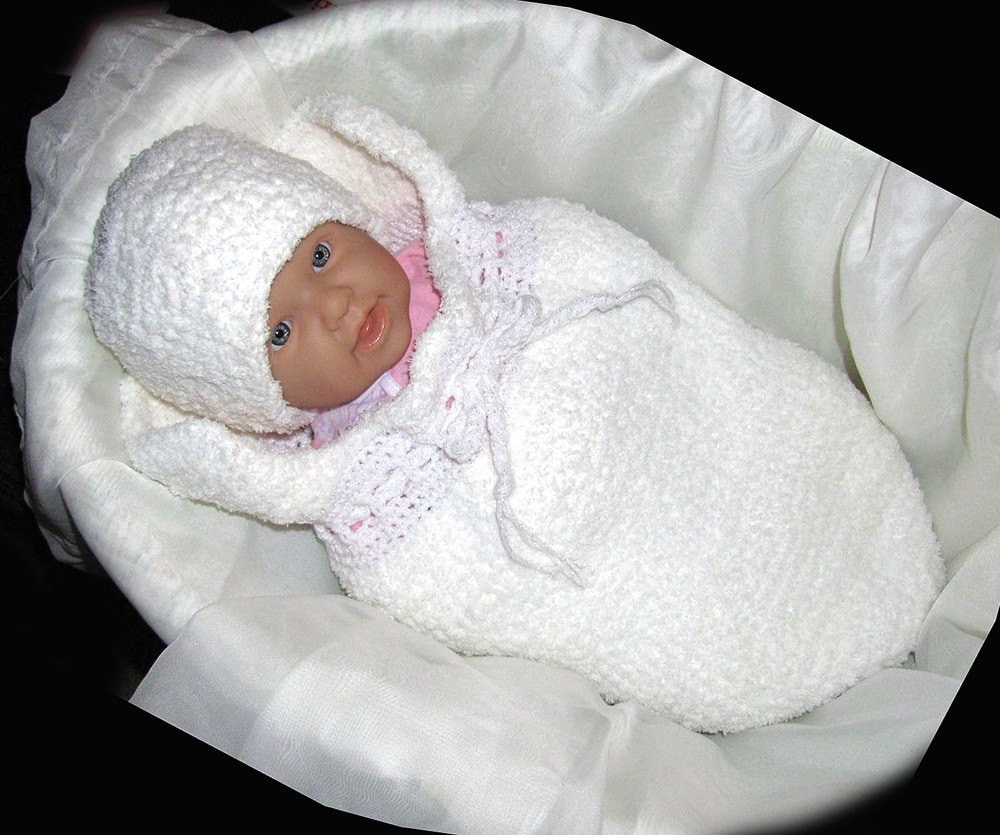








13 comments:
Great selection from our wonderful team! Happy New Year..... stay warm!
WOW, what an awesome blog, full of fun and scientific facts. You sure put a lot of work into this... thank you. And lots of wonderful creations from the talented BBEST'ers!!
Wow! What a fantastic post. Learned so much, and loved all the creations you chose to go with your information. Wonderful work you have done. Happy New Year!
Love this post and all the snow items from our team!!!
I enjoyed this very much, thanks for including my hat. xox
A lot of diligent work is done to create this post! Thank you, Liv!
I love the selection: I’ve just discovered some lovely items that I haven’t seen before!
You did some amazing research on snow! Thanks! And to take our minds off the frustration of shoveling, what a treat to see the great snowy works of BBest creators!
Great post, Liv! So very interesting. I LOVE snow!!! Wonderful items to illustrate as well. Thank you!
These are always such informative posts. Thanks Liv.
I am one of those crazy people that loves snow too. HOWEVER...the 2 feet plus that was just dumped on us was a bit much!!!
Thanks for all of the fun facts on the white stuff and for including my "Snow Day" watercolor!! Great job!
A wonderful reminder of the joys of a snowfall - no matter how much or how little, we all become little kids when we see that first snowflake come down. Yes, we have had an abundance of while flakes so far, but your blog is as warming as sitting by the fire!
Love the Robert Frost poem.
Liv, what a lovely post and the poem is beautiful.
Lovely post and thanks for featuring my winter tree. I used this image for my Christmas cards this year.
Post a Comment